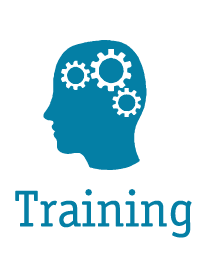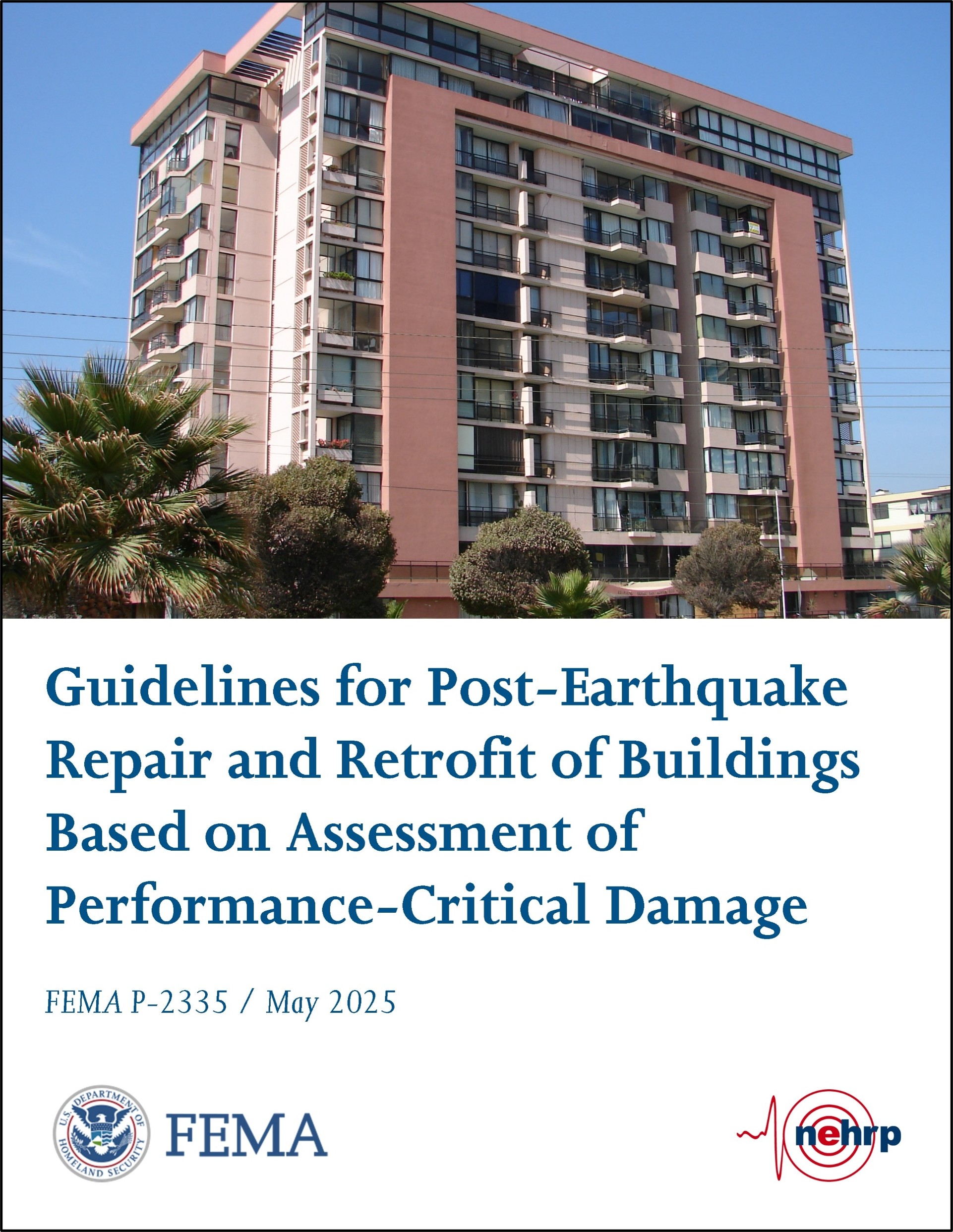PROJECT OVERVIEW
Title: Community Action Plan for Seismic Safety (CAPSS) Project
Client: San Francisco Department of Building Inspection (DBI)
Status: Completed in 2010
Final Products: Available through the ATC office and for download at the link below.
Potential Earthquake Impacts (ATC-52-1 Report), which focuses on estimating impacts to the City’s privately owned buildings in future earthquakes; and the companion Technical Documentation volume (ATC-52-1A Report), which contains descriptions of the technical analyses that were conducted to produce the impact estimates;
A Community Action Plan for Seismic Safety (ATC-52-2 Report), which recommends policies to reduce earthquake risk in privately owned buildings of all types;
Earthquake Safety for Soft-Story Buildings (ATC-52-3 Report), which describes the risk of one vulnerable building type and recommends policies to reduce that risk, and the companion Documentation Appendices volume (ATC-52-3A Report), which details the technical methods and data used to develop the policy recommendations and related analyses; and
Post-earthquake Repair and Retrofit Requirements (ATC-52-4 Report), which recommends clarifications as to how owners should repair and strengthen their damaged buildings after an earthquake.
PROJECT SUMMARY
ATC-52-2 Project. The Community Action Plan for Seismic Safety (CAPSS) project of the San Francisco Department of Building Inspection (DBI), carried out by ATC, was created to provide DBI and other City agencies and policymakers with a plan of action or policy road map to reduce earthquake risks in existing, privately-owned buildings that are regulated by the Department, and also to develop repair and rebuilding guidelines that will expedite recovery after an earthquake. Risk reduction activities will only be implemented and will only succeed if they make sense financially, culturally and politically, and are based on technically sound information. CAPSS engaged community leaders, earth scientists, social scientists, economists, tenants, building owners, and engineers to find out which mitigation approaches make sense in all of these ways and could, therefore, be good public policy.
Early phases of the CAPSS project, which commenced in 2000, involved planning and conducting an initial earthquake impacts study. The final phase of work, which is described and documented in the report series, Here Today—Here Tomorrow: The Road to Earthquake Resilience in San Francisco, began in April of 2008 and was completed at the end of 2010.
Six CAPSS reports are available in the series, Here Today—Here Tomorrow: The Road to Earthquake Resilience in San Francisco:
- Potential Earthquake Impacts (ATC-52-1 Report), which focuses on estimating impacts to the City’s privately owned buildings in future earthquakes; and the companion Technical Documentation volume (ATC-52-1A Report), which contains descriptions of the technical analyses that were conducted to produce the impact estimates;
- A Community Action Plan for Seismic Safety (ATC-52-2 Report), which recommends policies to reduce earthquake risk in privately owned buildings of all types;
- Earthquake Safety for Soft-Story Buildings (ATC-52-3 Report), which describes the risk of one vulnerable building type and recommends policies to reduce that risk, and the companion Documentation Appendices volume (ATC-52-3A Report), which details the technical methods and data used to develop the policy recommendations and related analyses; and
- Post-earthquake Repair and Retrofit Requirements (ATC-52-4 Report), which recommends clarifications as to how owners should repair and strengthen their damaged buildings after an earthquake.
All six reports and other information about the CAPSS project are available here.




 Michael Valley
Michael Valley